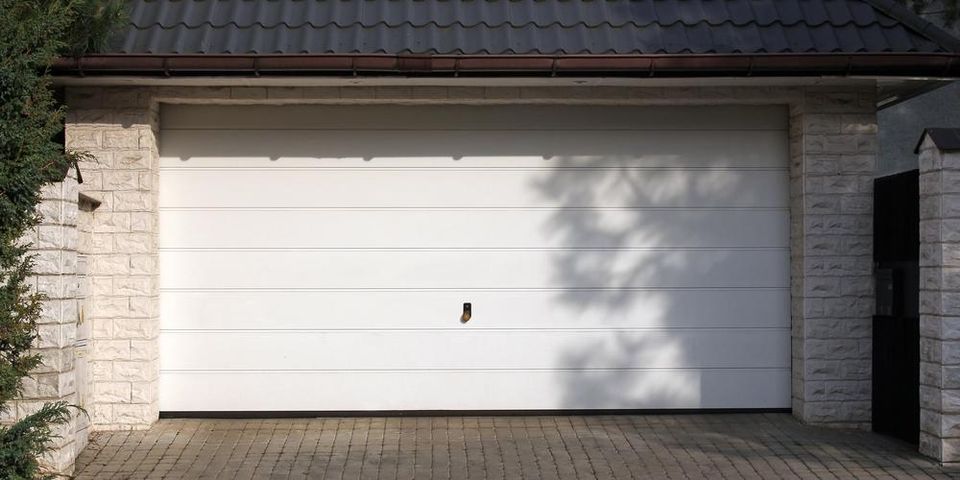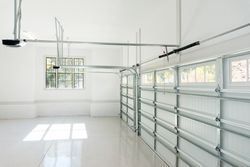How to Determine How Much Headroom a Garage Door Needs

If you're planning on purchasing a new garage door, you've likely considered the material, the size, and the style. However, equal attention needs to be paid to the "headroom," the amount of space between the ceiling in your garage and the face of the door when it's completely retracted, as well as the necessary "sideroom." The guide below explains how much clearance is needed for your new setup to operate correctly.
A Guide to Garage Door Clearance
Headroom
On average, you should leave 15 inches of headroom: 12 for the door and motion system and three for the opening equipment. If that is not possible, consider other garage door options, such as those with low headroom tracks, which only need nine inches. Jackshaft garage door designs, for example, save space by housing the opening system on the side of the tracks.
Sideroom
 Sideroom refers to the space between the garage door tracks and the wall. On average, three inches are needed for standard torsion and extension spring doors. If you opt for a lower headroom option, keep in mind that you’ll need more sideroom—roughly six inches—for the cable systems since they’re on the outside of the tracking rather than above it. When measuring, also keep depth in mind; there should be at least 18 inches from the top of the garage door to the back wall when the door is wholly drawn up.
Sideroom refers to the space between the garage door tracks and the wall. On average, three inches are needed for standard torsion and extension spring doors. If you opt for a lower headroom option, keep in mind that you’ll need more sideroom—roughly six inches—for the cable systems since they’re on the outside of the tracking rather than above it. When measuring, also keep depth in mind; there should be at least 18 inches from the top of the garage door to the back wall when the door is wholly drawn up.
If you’re interested in replacing your garage door, turn to the professionals at Fred C. Johnson Co. They’ve proudly served Jessup, MD, since 1964 and carry a large inventory of quality products. Their technicians can assist with repairs and installations, even creating digital mockups of what the finished product will look like when clients bring a high-resolution photo of their home. Visit them online to learn more about their services and products. Then call (410) 792-2126 to speak with their staff.
About the Business
(81 reviews)
Have a question? Ask the experts!
Send your question

